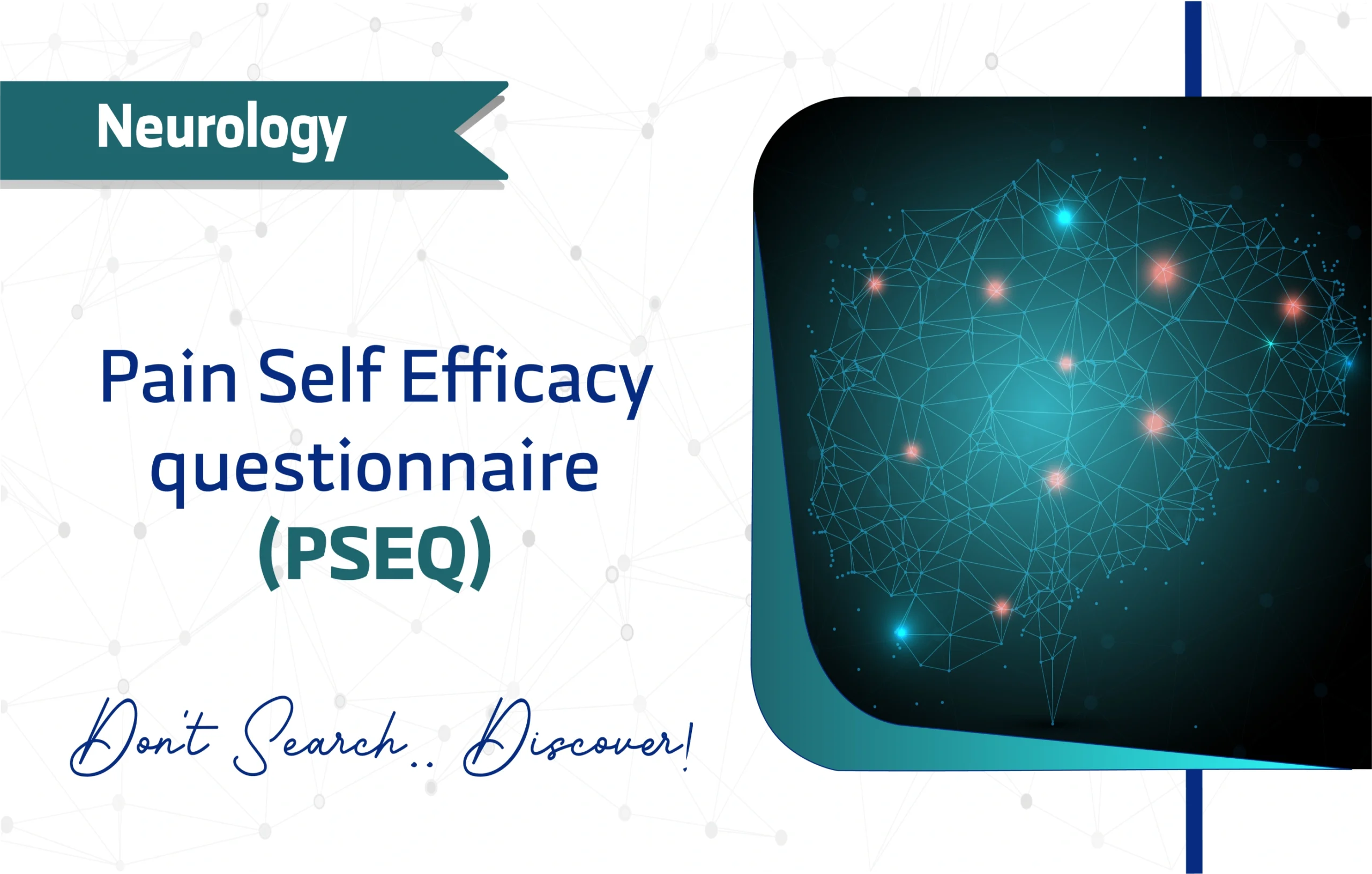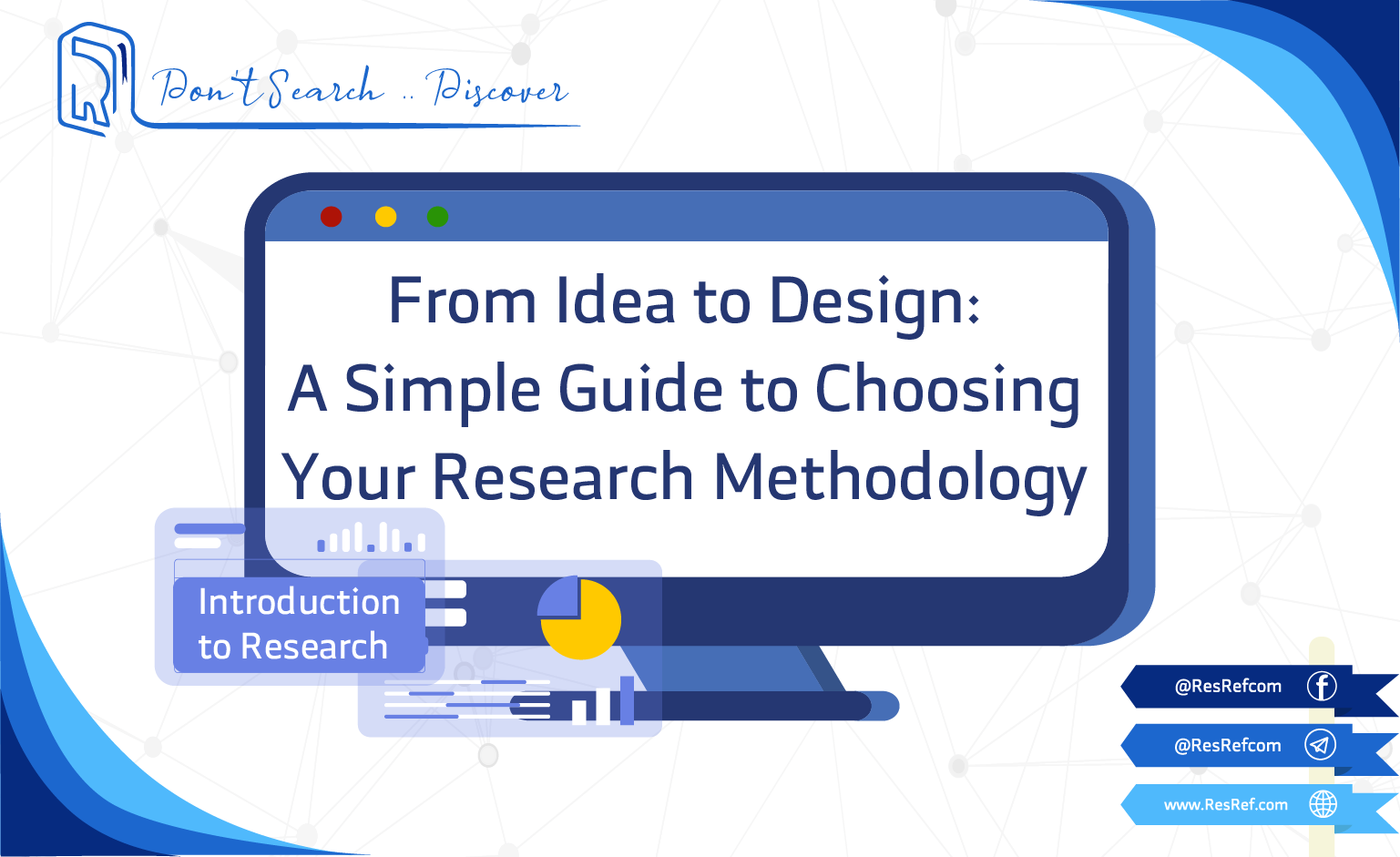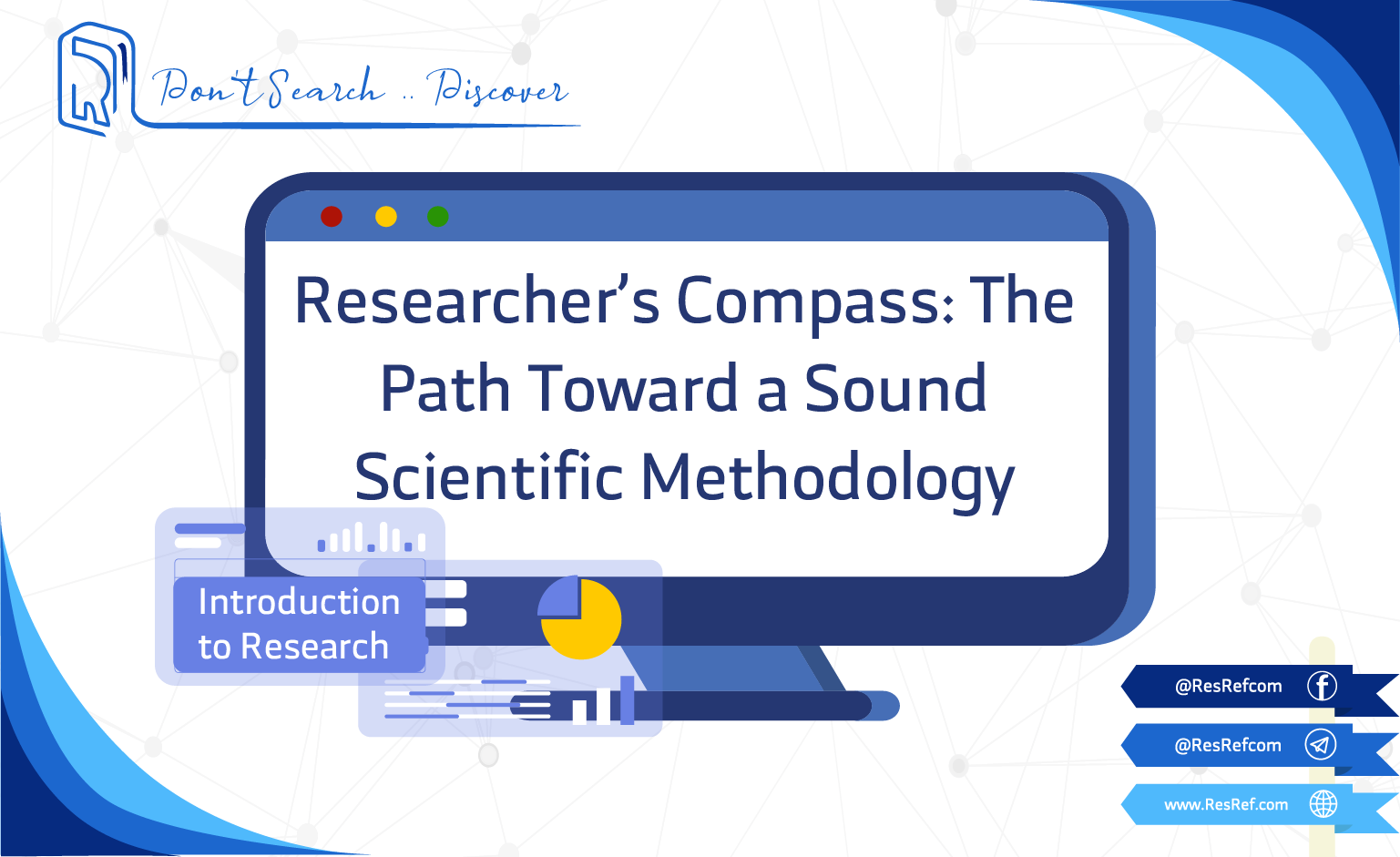Introduction
The Pain Self-Efficacy Questionnaire (PSEQ) is a validated tool designed to assess the confidence individuals with chronic pain have in performing activities despite their pain. Developed by Michael J. Nicholas and first introduced in 1989, it was formally published in 2007, garnering over 1,800 citations on Google Scholar.
For instance, its focus on self-efficacy helps clinicians understand patient resilience.
In this article, we explore the PSEQ’s key features, applications, and clinical utility, providing researchers and clinicians with actionable insights to enhance pain management. By detailing its structure, validation, and practical uses, we aim to equip professionals with the knowledge to effectively utilize this robust questionnaire.
Key Features of the Pain Self-Efficacy Questionnaire (PSEQ)
Purpose and Use
The primary purpose of the PSEQ is to evaluate pain self-efficacy, or the belief in one’s ability to function despite chronic pain, across various daily activities. It serves as an essential tool for clinical diagnostics and research, enabling professionals to assess treatment outcomes and coping abilities. Consequently, it supports personalized pain management and evidence-based studies in health psychology and pain management.
Target Population
Developers designed the PSEQ for adults aged 18 and older, including:
- Young adults (18–24 years)
- Middle-aged adults (25–44 years)
- Older adults (45–64 years)
- Seniors (65+ years)
It targets individuals with chronic pain conditions, such as arthritis, fibromyalgia, or lower back pain, making it versatile for pain clinics and research settings.
Structure
The PSEQ consists of 10 standalone items each covering a unique aspect of self-efficacy related to functioning with chronic pain.
Sub-domains include:
- Household tasks
- Social interactions
- Work or employment
- Leisure activities
- Emotional regulation
- Goal setting and life planning
Scoring Method
The PSEQ employs a 7-point Likert scale (0–6) for each of its 10 items, yielding a total score from 0 to 60, with higher scores indicating stronger self-efficacy beliefs. For instance, a higher score reflects greater confidence in functioning despite pain. Although no formal thresholds are defined by the author, clinicians and researchers often use informal categories for interpretation:
- 0-20: Severe self-efficacy impairment
- 21–30: Moderate impairment
- 31–40: Mild impairment
- 41–60: Minimal or no impairment
Thus, these categories guide treatment planning and research analysis
Administration Format
The PSEQ takes less than 5 minutes to administer, making it highly efficient. Healthcare providers can conduct the PSEQ using:
- Paper-based forms
- Digital (Online) platforms
- In-person interviews
Applications of Pain Self-Efficacy Questionnaire (PSEQ)
The PSEQ serves multiple roles in clinical practice and research:
- Screening: It identifies patients with severe self-efficacy impairments, indicating a need for psychological or behavioral interventions.
- Monitoring: The tool tracks changes in self-efficacy over time, particularly in response to therapies like cognitive-behavioral therapy.
- Treatment Planning: By highlighting confidence levels, it informs tailored pain management strategies.
- Research: The PSEQ supports clinical trials evaluating pain interventions, contributing to evidence-based pain medicine.
Languages and Availability
To facilitate global research, the PSEQ is available in over 14 languages, including:
- Arabic
- English
- Mandarin Chinese
- Spanish
- French
- German
Thus, this multilingual support facilitates global research and clinical use.
The PSEQ is freely available for non-commercial use in clinical and academic settings
For commercial use, modifications, or translations, formal permission is required from Dr. Michael Nicholas mailto:michael.nicholas@sydney.edu.au.
Reliability and Validity
Researchers confirmed the PESQ high reliability and validity, with a Cronbach’s alpha of 0.92, indicating excellent internal consistency. Its psychometric properties have been confirmed across diverse populations, as noted in validation studies (Nicholas, 2007; Roy et al., 2021).
Moreover, its sensitivity to changes in self-efficacy makes it a trusted tool in pain management research. For example, its robust validation ensures accurate assessment of coping abilities.
Validation Study:
- Original Validation Study link
Limitations and Considerations
Despite its strengths, the PSEQ has a few limitations:
- Self-report: Respondents may be influenced by social desirability bias or personal interpretation.
- Cultural bias: It may require adjustments for certain populations to ensure cultural relevance.
- Narrow Focus: It may not capture all psychological factors, especially in patients with fluctuating symptoms.
- Age Restrictions: Developers did not validate the PSEQ for individuals under18 years, limiting its use in pediatric populations.
Additional Resources
- Original Validation study: The 2007 study established the PSEQ’s reliability and validity for chronic pain patients study link
- Access to Questionnaire Versions/Information:
- Link to download PSEQ: PSEQ Questionnaire PDF
- Link to Interpretation Guide: PSEQ Interpretation Guide
- Further Validation Studies:
- Italian Version: study link
- Chinese Version: study link
- Musculoskeletal Disorders: study link
- Contact for Inquiries: Michael Nicholas at mailto:michael.nicholas@sydney.edu.au
Frequently Asked Questions (FAQ)
- Who can use the PSEQ?
Clinicians, researchers, and healthcare providers use the PSEQ for patients aged 18 and older with chronic pain conditions. - How long does it take to complete the PSEQ?
Patients typically take 1.5 to 3 minutes to complete the PSEQ, making it highly feasible for clinical and research settings. - How is the PSEQ administered?
Healthcare teams can administer the questionnaire via paper-based, digital (online), or in-person interview formats—offering flexibility in usage. - Is ther any cost to using th PSEQ?
The PSEQ is free for non-commercial use. For commercial or funded academic projects, permission from the publisher may be necessary.
A word from ResRef about the Pain Self-Efficacy Questionnaire (PSEQ)
The Pain Self-Efficacy Questionnaire (PSEQ) is a validated tool designed to assess the confidence individuals with chronic pain have in performing daily activities despite their pain. It evaluates coping ability and functional resilience through 10 self-reported items. Higher scores indicate stronger pain self-efficacy, which is associated with better psychological adjustment and physical functioning.Clinicians and researchers wildly apply the PSEQ to guide treatment planning. Overall, it provides valuable insight into how pain impacts a person’s perceived ability to manage their life.
References
- Nicholas, M. K. (2007). The Pain Self-Efficacy Questionnaire: Taking pain into account. European Journal of Pain, 11(2), 153–163. doi: 1016/j.ejpain.2005.12.008. Epub 2005 Jan 30. link
- Chiarotto, A., Vanti, C., Ostelo, R. W., Ferrari, S., Tedesco, D., Rocca, B., Pillastrini, P., & Monticone, M. (2015).The Pain Self-Efficacy Questionnaire: Cross-cultural adaptation into Italian and assessment of its measurement properties.Pain Practice, 15(8), 738–747. doi: 10.1111/papr.12242 link
- Vong, S. K., Cheing, G. L., Chan, C. C., Chan, F., & Leung, A. S. (2009). Measurement structure of the Pain Self-Efficacy Questionnaire in a sample of Chinese patients with chronic pain. Clinical Rehabilitation, 23(11), 1034–1043.doi:10.1177/0269215509337448. Epub 2009 Nov 16. link
- Roy, J. S., Desmeules, F., & MacDermid, J. C. (2021).Measurement properties of the Pain Self-Efficacy Questionnaire in populations with musculoskeletal disorders: A systematic review. Pain Reports, 6(4), e972.doi: 10.1097/PR9.0000000000000972. PMCID: PMC8729363. link







